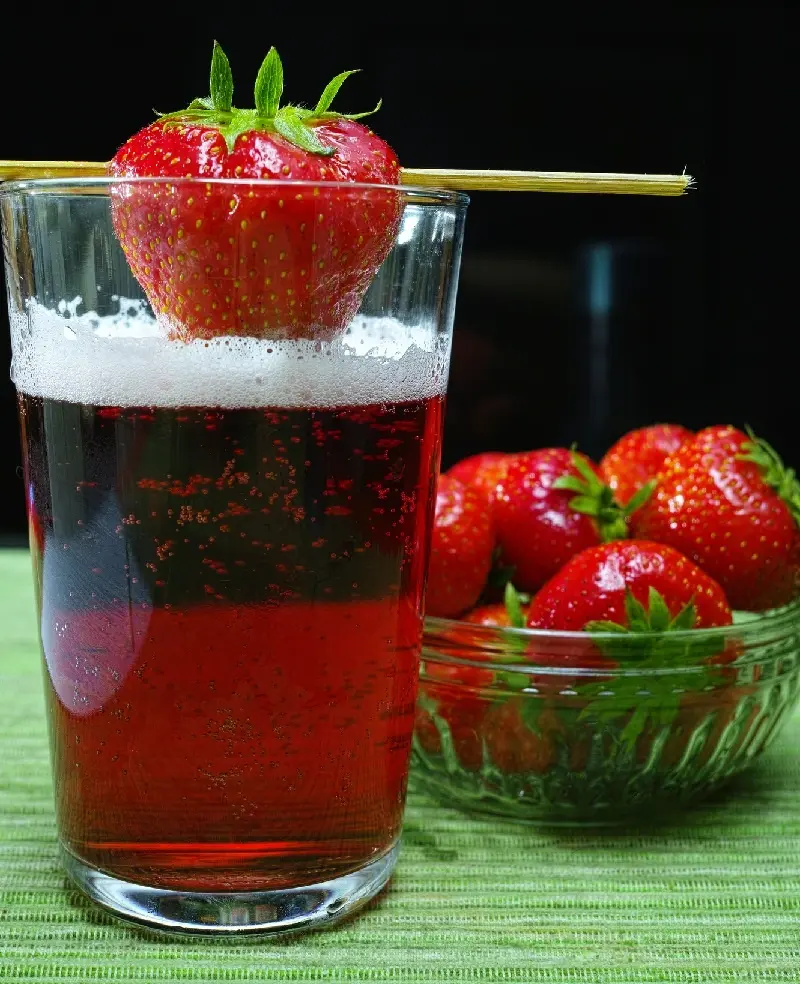Top-fermented farm beer from the Brussels area. The style is a regular lambic with added fruit, sugar is contrary to the standards of the variety, but sometimes found – this is how manufacturers try to make the style more popular. It is made by blending lambics of different ages, the most famous flavor is cherry, in second place is raspberry and “bronze” goes to muscat grapes. Peach and apricot varieties are also found. The main requirement is that fruits must be sour. Hops are needed only as a preservative to extend the shelf life of the drink; there is no hop bitterness in the taste.
Fruity lambics are always refreshingly sour with a complex character and a rich bouquet. The dominant note is the chosen fruit, which is set off by the smells of barnyard and leather. Notes of smoke, cheese or cigars are not allowed. The older the beer, the stronger the lambic flavor and the weaker the fruit, so these ales are rarely aged, preferring to be sold young. The finish is acidic, dry, balance with malt is maintained by acidity, not hops.
Cherry and raspberry lambics are distinguished by a red color of varying degrees of saturation, grape ale is light, golden. In the glass it forms a dense, persistent foam (pinkish or light).
This is a light-bodied, drinkable beer with low to high carbonation. Varieties of increased strength have a slight warming effect.
The fruit lambic is made with three-year-old hops, pils and unmalted wheat, with up to 30% fruit content. Fermentation – spontaneous with the use of yeast and lactobacilli.
The style is closest to regular lambics and gueuzes, but should not be confused with simple fruit beers: fruit lambic is much more complex and richer.

Strength: 5.0-7.0%.
Density: initial 1.040-1.060, final 1.000-1.010.
Bitterness Index: 0-10 IBU.
Color: 3-7 SRM.









